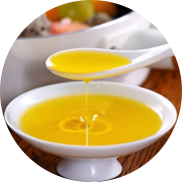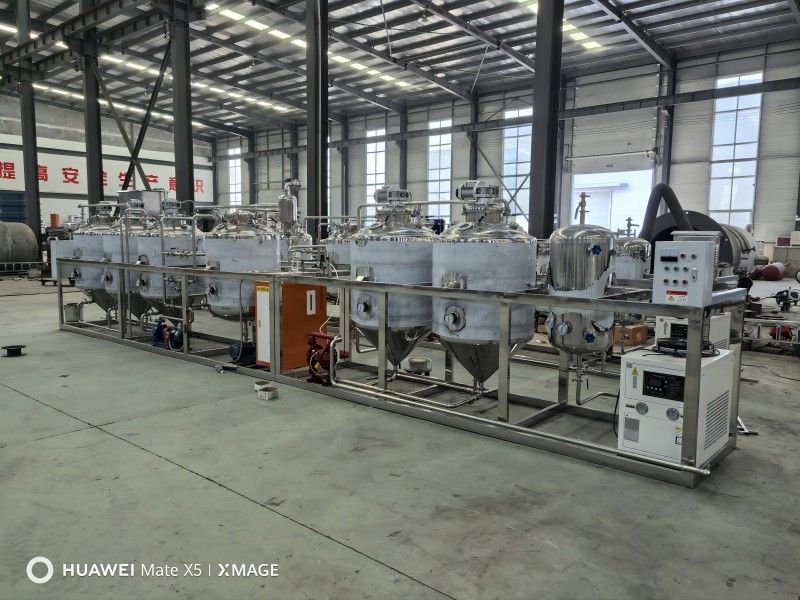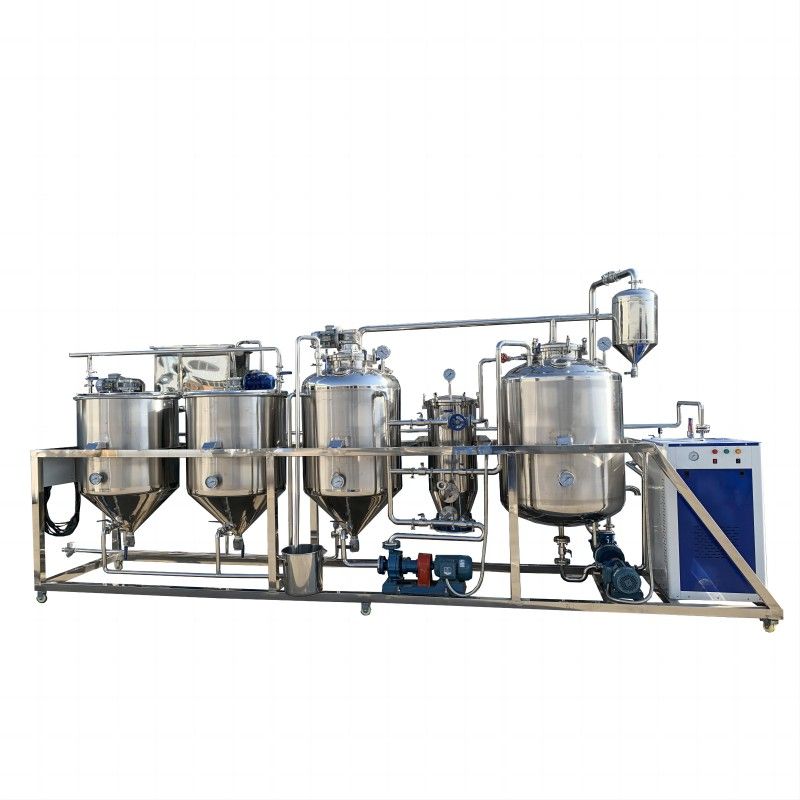153-0373-2222
138-3908-0089
Hongyang De-waxing Process
There are various methods for oil de-waxing, including conventional methods, volumetric methods, and surfactant methods.
Conventional Method
The conventional de-waxing method relies solely on freezing crystallization and then separates oil and wax mechanically without any auxiliary agents or methods. Separation is achieved using equipment such as pressurized filtration, vacuum filtration, and centrifugal separation. A simpler method is the single crystallization and filtration method. For example, deodorized rice bran oil (temperature above 50°C) is transferred into a storage tank equipped with cooling devices and stirred slowly. The oil is fully cooled to 25°C under atmospheric pressure. The entire cooling crystallization time is 48 hours, followed by filtration to separate oil and wax. The filtration pressure is maintained at 0.3 – 0.35 MPa, and the wax should be promptly blown out with compressed air after filtration to remove any oil entrained in the wax.
Due to the low de-waxing temperature and high viscosity, separation is more challenging, so for rice bran oil with a high wax content, a two-step crystallization and filtration method is usually employed. The deodorized oil is fully cooled to 30°C in a cooling tank, and the crystallization time is 24 hours. Once filtered, the oil enters a second cooling tank, where it is continuously cooled with low-temperature water to bring the temperature down to below 25°C. After another 24 hours, a second filtration is performed, and the filtered oil is the de-waxed oil. After two filtrations, the wax content in the oil (expressed as insoluble in acetone) is below 0.03%. Some companies also use bag filtration, which can achieve good de-waxing results, but the filtration rate is slower, and the labor intensity is higher.
The process flow.
De-acidified rice bran oil → Cooling Crystallization → Bag Filtration → De-waxed Oil
↓
Wax Paste → Melting → Pressing → Crude Wax
↓
soft fat



























































